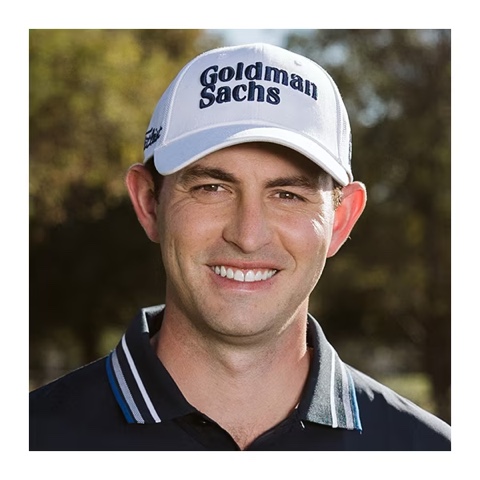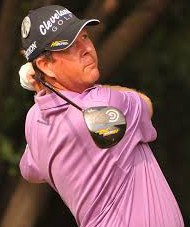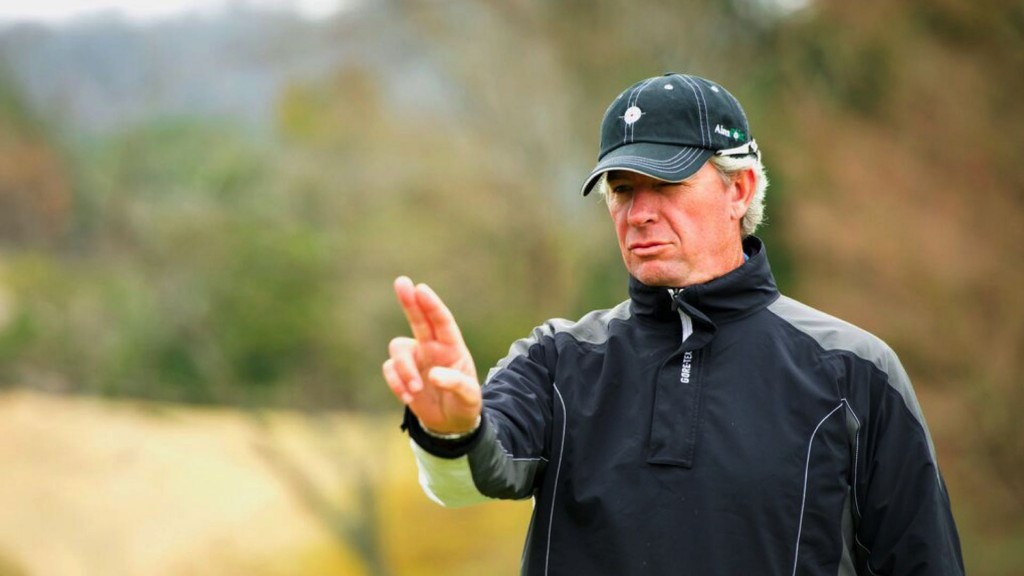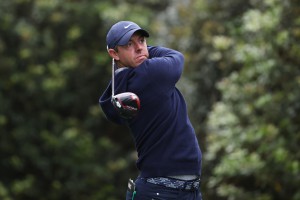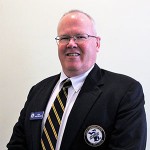In my Masters wrap-up article last week, I ended my notes section quoting a post-round comment by runner-up Brooks Koepka when asked about the pace of play on Sunday:
“Yeah, the group in front of us [ Patrick Cantlay & Victor Hovland ] was brutally slow. Jon (Rahm) went to the bathroom like seven times during the round, and we were still waiting.”
Cantlay didn’t have a chance to tell his side of the story until last week’s RBC Heritage tournament at Harbour Town GC:
“I mean, we finished the first hole (on Sunday) and the group in front of us was on the second tee when we walked up, and we waited all day on pretty much every shot. We waited in 15 fairway, we waited in 18 fairway. I imagine it was slow for everyone.”
In that same press conference, Cantlay said he was a member of the Player Advisory Council where he had exclusive access to the Tour’s data on pace of play.
That data, according to Cantlay, indicate PGA Tour rounds have taken about the same length of time over the last 10 or 20 years.
Simple peer pressure sometimes helps to speed up a notoriously slow player. In a recent column by Alex Miceli, Jordan Spieth admitted that was his case:
“I didn’t like having that attached to my name. And people did not want to play with me because I was slow. And so I’ve tried to speed up and have sped up quite a bit since then, and I think that that’s something guys should try to do.”
The unkindest cut may be a wicked nickname attached to a slow player. It was probably a caddie that dubbed the ever-plodding Glen Day (now on the Champions Tour) with this terse sobriquet:
“All.”
The other salient factors behind slow play are course type, weather conditions and hole locations. Certainly, the foul weather seen at the Masters on Saturday contributed to slow play. But on Sunday, in sunny conditions with only 57 contestants playing in twosomes?
For sure, Augusta National’s confounding greens and hole locations on Sunday required a more deliberate approach to reading greens.
Gary Woodland also pointed out that AimPoint, the green reading technique widely used by players, has possibly contributed to slower play. Also, the USGA and R & A two years ago issued a rule for professional competition in the use of tournament-approved green-reading books.
(By the way, that rule was limited to Tour-level tournaments, not for recreational or local play. Funny, there was no complaint by Tour players then of a bifurcation of the rules.)
On AimPoint, it was almost comical to see some of the young players in the Drive, Chip & Putt finals at Augusta National mimicking the pros and using AimPoint in the putting competition.
Rory McIIroy even commented on it:
“I saw some of them AimPointing, like, oh my goodness.” (Laughter).
The only remedy is enforcing a rule which results in a penalty. This last happened at the Masters in 2013 to 14-year-old Tianlang Guan. The last slow play penalty in a major was in 2021 at the PGA Championship when player John Catlin incurred a one-stroke penalty.
And Golf Digest’s Joel Beall reported the last time a PGA Tour player was assessed a penalty stroke was in 1995!
Instead of penalty shots, the PGA Tour levies fines up to $20,000. The PGA Tour also uses other measures, including a non-published list of slow players, to address pace of play issues.
It should be noted that most if not all amateur golf associations, like the Golf Association of Michigan (GAM), assess penalty strokes to competitive players not meeting defined time requirements. Players are expected to play each nine in 2 hours and 15 minutes. And that’s for threesomes. Enacted several years ago, these rules have been effective in speeding play.
Ken Hartman, the GAM’s Senior Director of Competitions, said penalties for slow play happened “less than five times” last year. This covers thousands of competitors in scores of GAM tournaments. Impressive.
The Michigan Section of the PGA can also assess a penalty stroke for slow play but first use warnings (as does the GAM) about being out of position before a penalty is made. Executive Director Kevin Helm reported no penalties were assessed last year but there was at least one case in 2021.
But the Masters and the PGA Tour are a different kettle of fish. There’s too much on the line to invoke a penalty stroke, unless blatant, for slow play.
Cantlay said it best last week:
“I think that’s just the nature of playing professional golf where every shot matters so much.”
Images courtesy of Goldman Sachs, AimPoint, TaylorMade, GAM

